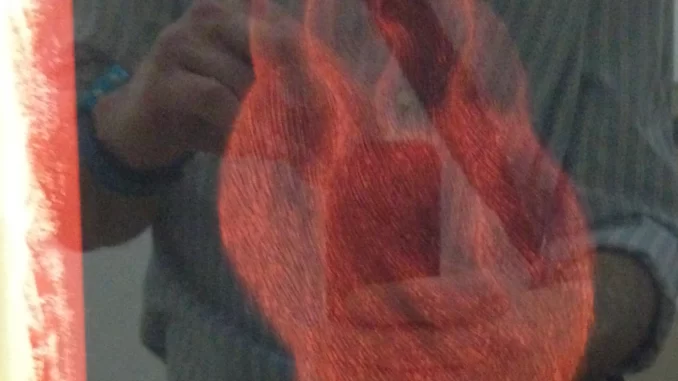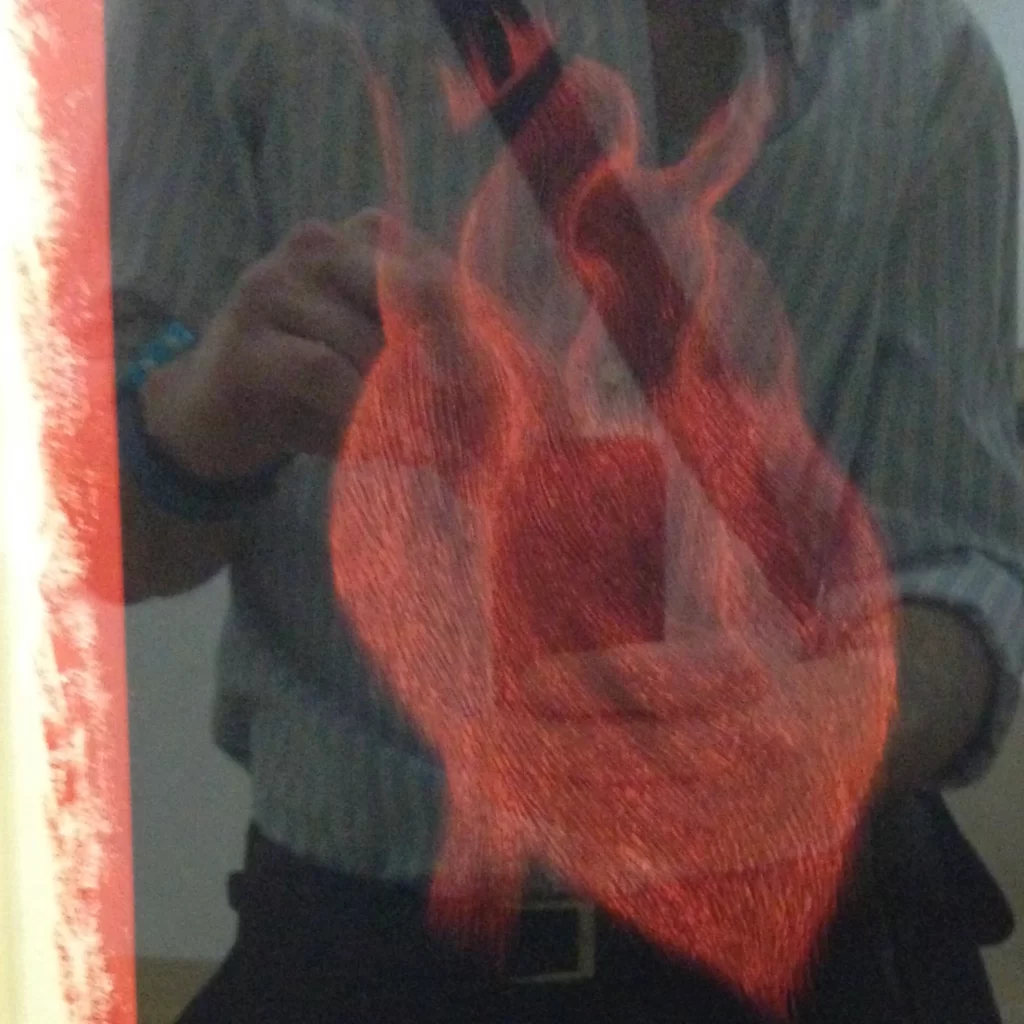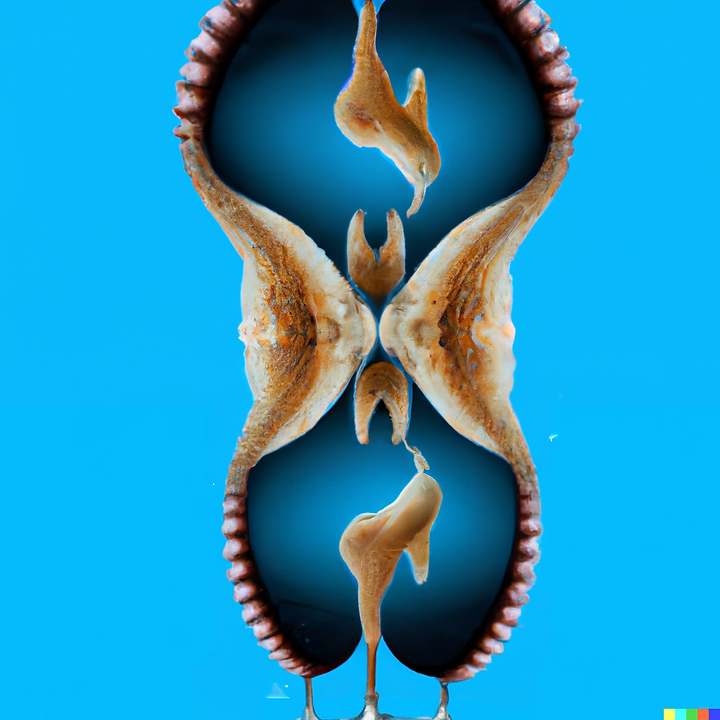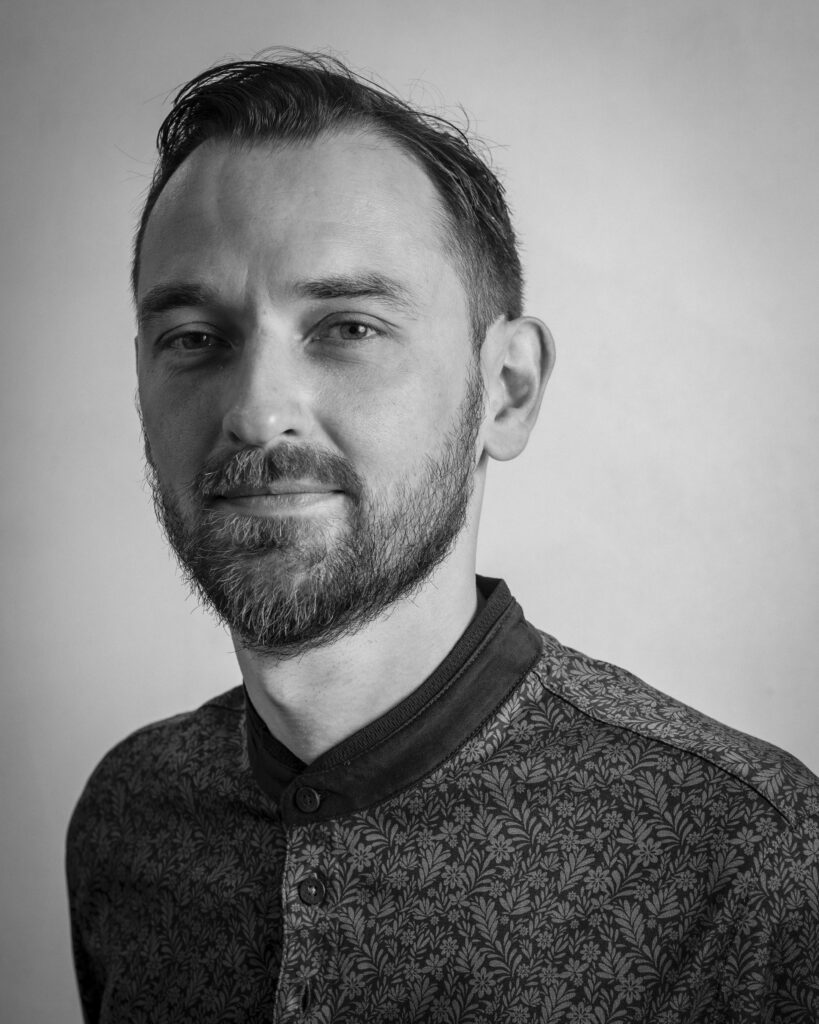
PLEASE NOTE THAT THE SMART SEMIOTICS AND ART FORUM WEBINARS WILL RESUME IN JANUARY 2024
“Art is the mirror held up to nature.”
William Shakespeare
Can art teach us to think critically?
By Ihor Biloushchenko
Do you sometimes question the meaning of this world? What if I told you that art has been working on it for ages? Some people see the power of art in exploring and reflecting the human condition. In this article, I focus on the main abilities of art in transforming the world.

From ancient civilizations, art has attempted to interpret the world around us. Contemporary artists use art even more to comment on and critique society, shifting interpretations and questioning our realities. By subverting conventions and challenging established norms, art encourages us to question our assumptions and broaden our perspectives. According to psychologist Leon Festinger, art possesses the remarkable ability to create a cognitive dissonance between what we see and what we believe in. As we resolve this tension, it fosters the cultivation of critical thinking, thereby broadening our comprehension of the world. Psychologist Howard Gardner and philosopher Arthur Danto even argue that art expands our cognitive capacities, stimulating intellectual engagement beyond the ordinary. Engaging with art prompts us to think flexibly, encouraging us to explore new ideas and perspectives.
Art confronts us with new perspectives, encouraging us to question our assumptions and challenge established beliefs. Take, for instance, Marcel Duchamp‘s iconic artwork “Fountain,” a urinal presented as an art object. By subverting traditional notions of art, Duchamp forces us to reconsider the very definition of artistic expression. This radical act challenges our preconceived notions and invites us to engage in critical discourse about the nature of art and its boundaries.
Can art challenge your perception of reality?
Art invites us to question the boundaries of reality, prompting us to explore alternative perspectives. Gestalt psychologists like Max Wertheimer and Wolfgang Köhler argue that art’s unexpected or abstract elements create perceptual tensions, challenging our typical modes of perception. The philosophical concept of phenomenology, championed by Maurice Merleau-Ponty, also states that through art, we encounter sensory experiences that transcend the ordinary, prompting us to question the limitations of our perception. Surrealists like Salvador Dali or Rene Magrittedefied traditional notions of reality, inviting us to reconsider our perceptions and embrace new possibilities by challenging the viewer’s perception of ordinary objects through unexpected contexts. Georgia O’Keeffe‘s close-up paintings of flowers invite us to engage with the intricate details we often overlook, challenging our limited perspective and reminding us of the vast beauty that exists in the world. O’Keeffe once stated, “Nobody sees a flower—really—it is so small—we haven’t time—and to see takes time.
Can art deal and inspire resilience?

Psychiatrist Carl Jung recognized the therapeutic potential of art, as it allows individuals to access the unconscious and integrate fragmented aspects of the self. For Viktor Frankl, art becomes a channel for finding meaning and promoting resilience, even in the face of adversity. Frida Kahlo’s introspective self-portraits are a good example in this regard. The portraits are known for their means of healing and self-expression. Kahlo’s artwork not only reflects her personal struggles but also serves as a source of inspiration for resilience, reminding us of the human capacity to overcome adversity. Through art, individuals can communicate and process their experiences, fostering healing and personal growth. Another example is Yayoi Kusama‘s immersive installation “Infinity Mirrored Room – The Souls of Millions of Light Years Away,” offering a refuge where visitors can contemplate their place in the universe, find solace in the repetition of patterns, and embrace the transformative power of self-reflection.
What do you want to change it to?
As we see, art reflects human emotions, thoughts, and dilemmas like a mirror. It challenges us to think critically, question our perceptions, and nurture resilience. Art’s transformative potential allows us to explore the depths of our humanity and inspire to create a new world.

References and further reading:
Danto, A. C. (1981). The Transfiguration of the Commonplace: A Philosophy of Art.Harvard University Press.
Festinger, L. (1957). A Theory of Cognitive Dissonance. Stanford University Press. MMFrankl, V. E. (2006). Man’s Search for Meaning. Beacon Press.
Gardner, H. (1993). Creating Minds: An Anatomy of Creativity as Seen Through the Livesof Freud, Einstein, Picasso, Stravinsky, Eliot, Graham, and Gandhi. Basic Books.
Jung, C. G. (1969). The Archetypes and the Collective Unconscious. Princeton UniversityPress.
Kahlo, F. (1988). The Diary of Frida Kahlo: An Intimate Self-Portrait. BloomsburyPublishing.
Kusama, Y. (2017). Infinity Net: The Autobiography of Yayoi Kusama. Tate Publishing.
Merleau-Ponty, M. (1962). Phenomenology of Perception. Routledge & Kegan Paul.
O’Keeffe, G. (1976). Georgia O’Keeffe: A Portrait by Alfred Stieglitz. Bulfinch Press.
Shakespeare, W. (2008). Hamlet (Act 3, Scene 2). The Norton Shakespeare: Based on theOxford Edition. W. W. Norton & Company.

Be the first to comment